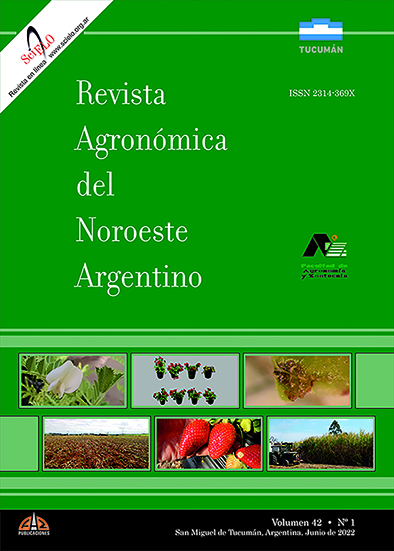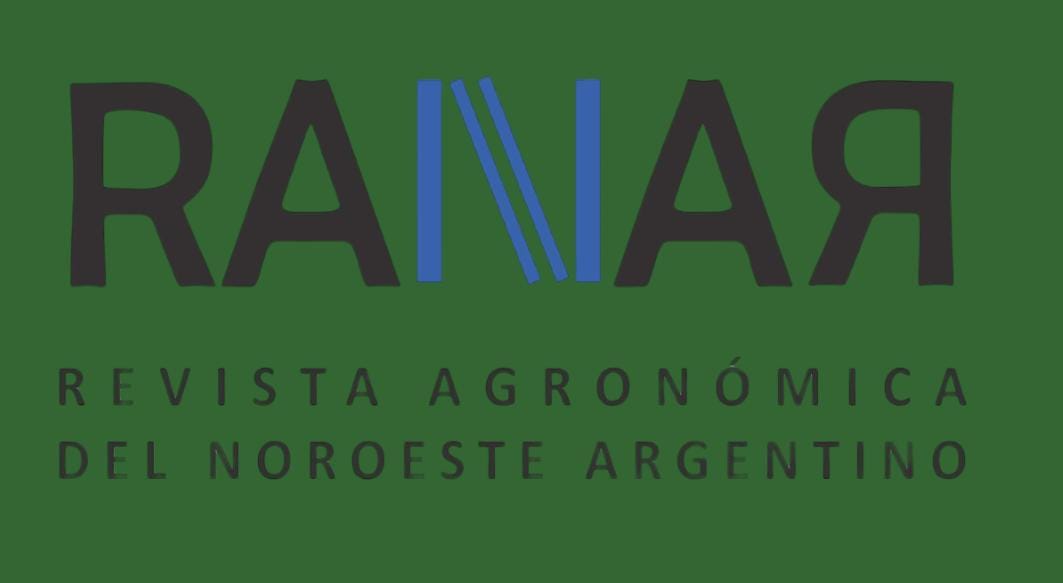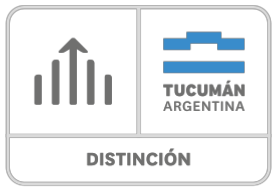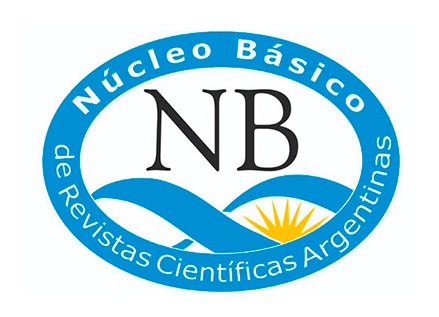Evaluation of different methods for estimating thermal time requirements for phenological phases of Norteño chickpea (Cicer arietinum L.) cultivar
Keywords:
Actual curve, Growing degree-days, Predictive modelAbstract
Expressing the duration of the phenological phases of crops as thermal time, more specifically as growing degree-days (GDD), is a widely used method. Its advantage derives from the fact that GDD data is independent from the temperature variations normally recorded during crop cycles. Even though more modern tools are currently available, traditional methods continue to be used to estimate GDD. This work aimed to: i) propose a new alternative for estimating GDD, called “actual curve”; and ii) estimate the thermal time required for the development of the phenological phases of a cultivar grown in Argentina. Kabuli-type Norteño chickpea cultivar was sown according to a completely randomized design with 4 replications, on the following sowing dates: April 15, May 23, June 14, July 7, and August 5, 2016. The new methodology was compared to 6 traditional methods for estimating GDD, which presented different accuracy and complexity levels. The actual curve method proved to be adequately precise and highly simple, and led to GDD results that differed from those obtained by means of the other methodologies. With this new alternative, it was found that the thermal time required for Norteño chickpea to reach emergence, the beginning of flowering, pod formation, grain filling, and physiological maturity amounted to 110.6, 784.1, 1002.4, 1161.1, and 1746.8 °C/days, respectively.

Downloads
Published
Issue
Section
License
Copyright (c) 2024 Revista Agronómica del Noroeste Argentino

This work is licensed under a Creative Commons Attribution-NonCommercial-ShareAlike 4.0 International License.








